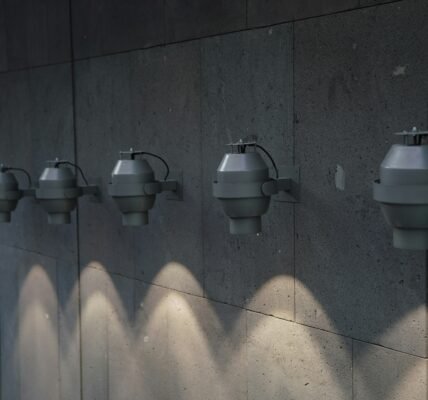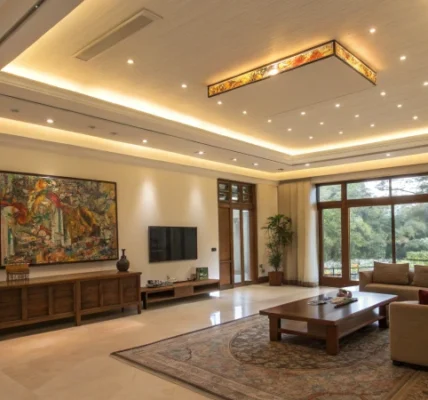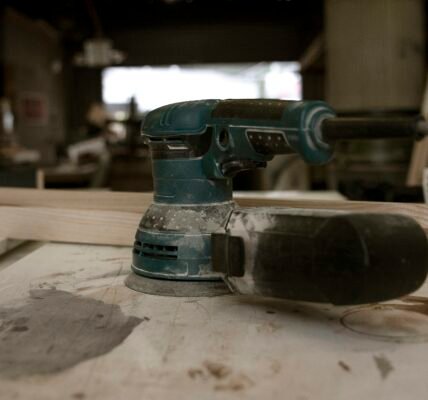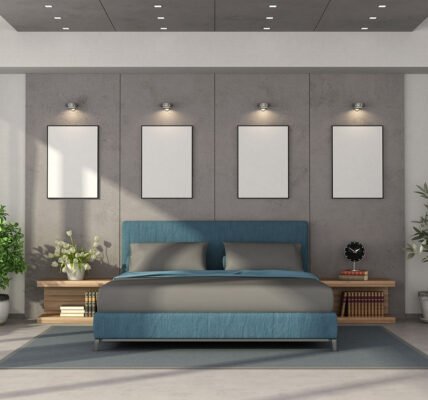Understanding Downlights
Downlights are a popular choice in modern interior lighting design, serving as crucial elements that enhance the aesthetic and functional aspects of a space. Primarily, these fixtures are designed to direct light downwards, creating an even distribution of illumination in the room. This characteristic makes downlights particularly effective for various applications, including ambient, task, and accent lighting. In bedrooms, downlights can contribute to a warm and inviting atmosphere while ensuring adequate light for reading or relaxing.
There are several types of downlights available on the market, each featuring unique advantages that cater to different preferences and needs. One of the most common variations is recessed lighting, which is installed above the ceiling for a sleek, unobtrusive look. This type of downlight is ideal for bedrooms with low ceilings, as it maximizes vertical space without compromising on lumens. Recessed lights can also be equipped with dimmers, allowing homeowners to control brightness according to their desired mood.
On the other hand, surface-mounted downlights offer a more visible fixture while still providing the downward lighting effect. These fixtures can come in a wide range of designs, from minimalist styles to more decorative options, making them suitable for diverse bedroom aesthetics. Moreover, pendant downlights, as a subset of surface-mounted fixtures, can add a touch of elegance and create a focal point in the space, especially when positioned over bedside tables or dressers.
In summary, understanding the different types of downlights is essential for selecting suitable options for your bedroom. Each type of downlight caters to specific lighting needs and style preferences, ensuring that you can create a cohesive and comfortable environment in your personal sanctuary.
Key Features to Consider
When selecting downlights for your bedroom, there are several key features to consider that can significantly impact the overall atmosphere and functionality of the space. Understanding these features will assist you in making an informed decision tailored to your personal style and needs.
Firstly, wattage is a critical factor to contemplate. Downlights come in various wattages, which dictate the energy consumption and brightness level. Opting for lower wattage options can be energy-efficient while still providing adequate lighting. It is essential to strike a balance between brightness and energy efficiency, especially in a space designed for relaxation.
Another important consideration is color temperature, which influences the feel of your bedroom. Measured in Kelvins (K), color temperatures can vary significantly from warm white (2700K-3000K), which creates a cozy ambiance, to cool white (4000K-5000K) that can appear more clinical and bright. For bedrooms, warm white downlights are typically ideal, as they promote a serene and calming mood, conducive to rest.
Lumen output, which measures brightness, is also vital. A higher lumen output yields brighter light. It’s advisable to calculate the total lumens needed based on the size of the room to ensure proper illumination without being overpowering. Generally, for bedrooms, a lumens range of 100-200 per square meter is often recommended for a comfortable environment.
Lastly, consider the beam angle of your downlights. This feature determines how focused or dispersed the light will be. A narrow beam angle (15-30 degrees) is perfect for highlighting certain areas, while a wide beam angle (40-60 degrees) provides more ambient brightness, which is usually preferred in bedrooms for a soft lighting effect. Properly evaluating these features will help create the perfect ambiance for your sleeping space.
Choosing the Right Color Temperature
Color temperature plays a significant role in the ambiance of a bedroom, influencing mood, relaxation, and overall aesthetics. Measured in Kelvin (K), color temperatures can range from warm white to cool white, each offering a distinct effect on the space. Understanding these differences is essential for selecting the perfect downlights for your bedroom.
Warm white light, typically within the range of 2700K to 3000K, emits a soft, inviting glow, making it an ideal choice for creating a cozy atmosphere. This temperature is often associated with traditional incandescent lighting and is well-suited for bedrooms designed in a classic, rustic, or romantic style. Utilizing warm white downlights can foster a sense of tranquility, making it easier to unwind at the end of a long day.
On the other hand, neutral white light, often found between 3500K to 4100K, strikes a balance between warmth and brightness. This color temperature is versatile, working well in contemporary and modern bedroom designs. Neutral white downlights can enhance clarity and visibility without feeling too harsh, making it a suitable option for multifunctional spaces where activities beyond relaxation occur, such as reading or studying.
Cool white light, exceeding 5000K, is more intense and provides a bright, energizing quality. While it may not typically be the first choice for a bedroom, certain bedroom designs, such as those with a minimalist or industrial aesthetic, may benefit from this lighting. Cool white downlights contribute to a cleaner and more spacious feel, although care should be taken to avoid an overly clinical environment.
Ultimately, the choice of color temperature should align with personal preferences and the desired ambiance in the bedroom. When selecting downlights, consider experimenting with various bulbs or consulting with lighting professionals to find the best fit for your specific style.
Assessing Lumens and Wattage Needs
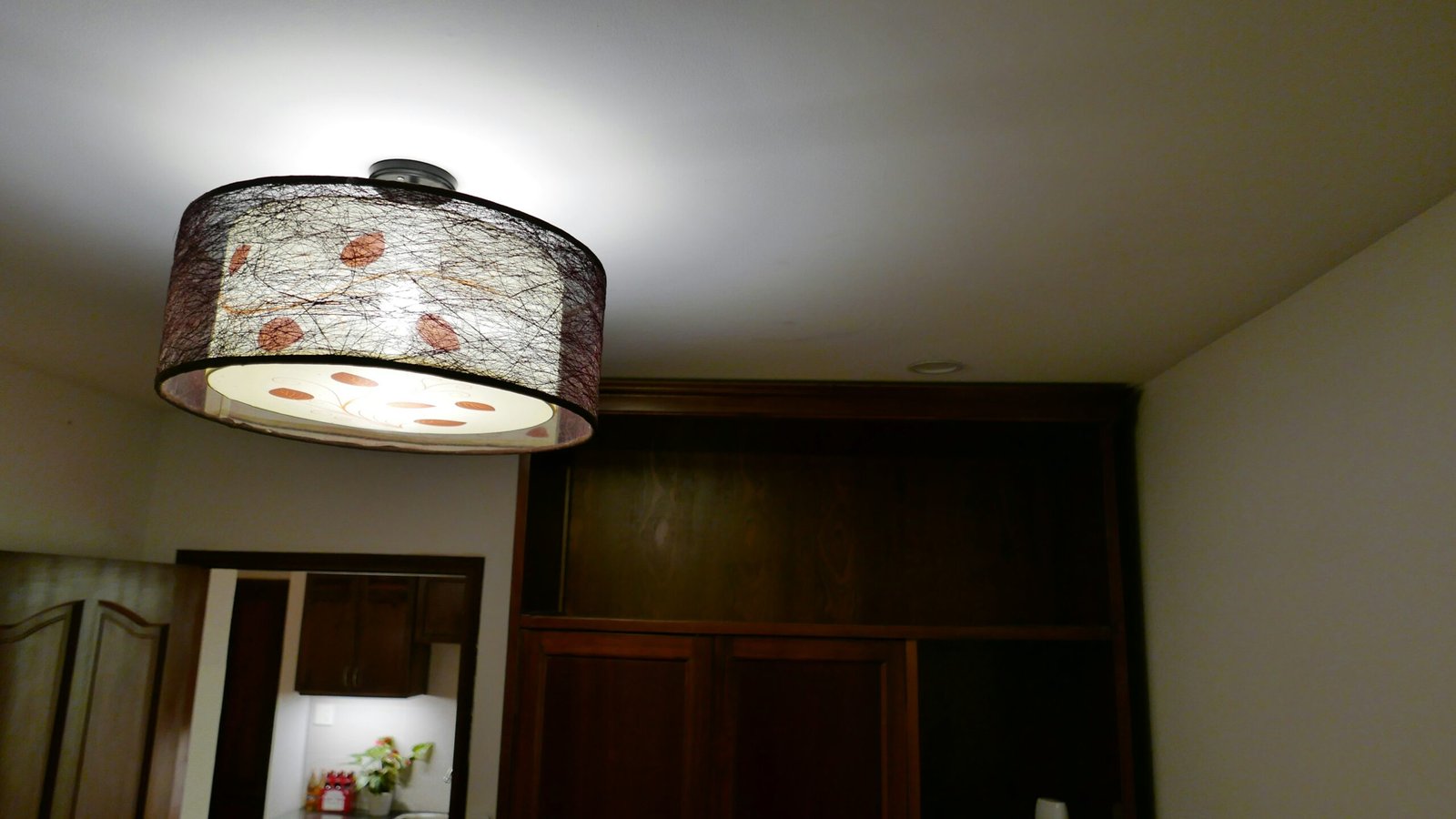
When selecting downlights for your bedroom, an important factor to consider is the lumen output, which measures the total amount of visible light emitted by a source. To determine the appropriate lumens required for your space, begin by assessing the size of your bedroom. A general guideline suggests that you aim for approximately 100 to 150 lumens per square meter. For example, a 10 square meter room would need around 1,000 to 1,500 lumens for optimal lighting.
The purpose of the bedroom also plays a crucial role in establishing your lumen needs. If you intend to use the space primarily for relaxation and sleep, then softer, ambient lighting may be more suitable, potentially requiring fewer lumens. Conversely, if the bedroom doubles as a work or study area, brighter lights may be necessary to accommodate reading and other tasks that demand clarity and focus.
Understanding the relationship between wattage and lumens is equally essential in the lighting selection process. Wattage indicates the amount of energy consumed by a bulb, whereas lumens indicate its brightness. Traditionally, higher wattage meant more lumens; however, with advancements in lighting technology, such as LED and fluorescent bulbs, it is now possible to achieve higher lumens with lower wattage. This distinction is crucial for optimizing energy efficiency while still ensuring your bedroom receives sufficient light.
For instance, a 10-watt LED bulb may produce around 800 lumens, which can effectively illuminate smaller spaces without consuming excessive energy. In contrast, an equivalent incandescent bulb could draw 60 watts for the same output. Hence, it is advisable to look for energy-efficient options to minimize both energy consumption and expense while satisfying your lighting objectives.
Beam Angle and Placement
The beam angle of downlights is a critical aspect that significantly influences the luminosity and distribution of light in a bedroom setting. It refers to the angle at which the light is cast from the fixture. A tighter beam angle, typically under 30 degrees, offers concentrated lighting, making it ideal for spotlighting artwork or specific areas of interest. In contrast, a wider beam angle, over 60 degrees, provides a more diffused light that is beneficial for general illumination, ensuring the entire space feels well-lit and inviting.
When selecting downlights, consider the purpose of each area within your bedroom. For instance, if you have a reading nook, positioning a downlight with a narrow beam angle directly above the seating can enhance visibility while minimizing glare. On the other hand, for general ambient lighting, fixtures with a wider beam angle distributed across the ceiling can create a soft and even light throughout the room.
Placement is equally essential for achieving optimal illumination. A common guideline is to space downlights approximately 4 to 6 feet apart, depending on the beam angle; this ensures that the light overlaps without creating harsh shadows. In bedrooms with higher ceilings, the distance may increase to maintain an inviting atmosphere. It is also advisable to align downlights with key features such as beds, mirrors, or artwork. This strategic alignment not only facilitates function but also enhances the aesthetic appeal of the room.
Lastly, consider installing dimmer switches with your downlights. This allows you to adjust the intensity of the lighting to suit different times of day or activities, providing another layer of flexibility in your bedroom design. By carefully selecting the beam angle and thoughtfully placing your downlights, you can achieve a beautifully lit space that balances functionality with style.
Design and Aesthetics
When selecting downlights for your bedroom, the design and aesthetics play a crucial role in enhancing the overall ambiance. The right downlights not only provide necessary illumination but also contribute significantly to the decor of the space. Various styles can be incorporated depending on the existing theme of your bedroom. For instance, if you prefer a minimalist aesthetic, opting for sleek, unobtrusive downlights with a matte or brushed finish may be ideal. These fixtures can seamlessly blend into the ceiling while delivering a clean, uncluttered look.
On the other hand, modern design enthusiasts may gravitate towards downlights featuring angular shapes or bold, contemporary designs in metallic or colored finishes. These fixtures can serve as statement pieces, drawing attention and enhancing the modern decor. For those who favor a rustic charm, downlights with a vintage touch, such as bronze finishes or exposed bulbs, can complement wooden furniture and natural materials beautifully.
In addition to style, considering the size and placement of downlights is essential for optimal aesthetics. Depending on the size of your bedroom, larger fixtures may overwhelm the space, while smaller options can be lost in larger rooms. When choosing downlights, also think about how they harmonize with your existing furniture and color schemes. Light tones may shine best in rooms with darker furnishings, while darker fixtures might suit lighter decor styles. By thoughtfully integrating downlights that align with your design preferences, you can create a cohesive and inviting atmosphere in your bedroom.
Energy Efficiency Considerations
When selecting downlights for your bedroom, energy efficiency plays a crucial role in the long-term sustainability of your lighting choices. Various bulb types—LED, CFL (Compact Fluorescent Lamp), and incandescent—offer different levels of energy consumption and lifespan, making it essential to analyze these factors for optimal decision-making.
LED downlights are widely recognized for their superior energy efficiency. Consuming approximately 75% less energy than incandescent bulbs, they emit the same amount of light (measured in lumens) while having a lifespan that can exceed 25,000 hours. This longevity translates into fewer replacements and a significant reduction in energy bills over time. Additionally, LEDs are known for their low heat output, which contributes to further energy savings, as less energy is wasted as heat rather than light.
In contrast, CFLs also offer a more energy-efficient option compared to incandescent bulbs, using about 70% less energy. With a lifespan of around 10,000 hours, CFLs are suitable for homeowners who prefer cost-effective alternatives. However, despite their benefits, CFLs do have certain drawbacks, including longer warm-up times and sensitivity to low temperatures, which could affect their performance in certain bedroom settings.
Incandescent downlights, while often more inexpensive upfront, are by far the least energy-efficient option available, consuming more power and yielding a shorter lifespan of around 1,000 hours. While many appreciate their warm light quality, their higher energy usage and frequent replacement needs can lead to escalating costs over time.
In conclusion, when choosing downlights for your bedroom, prioritizing energy efficiency is paramount. Selecting LED or CFL options can significantly enhance your bedroom lighting while minimizing energy consumption and contributing to long-term savings.
Smart Lighting Options
Smart downlights represent an innovative advancement in bedroom lighting, combining functionality with convenience. These lighting solutions can be easily controlled via mobile apps or voice assistants, allowing users to adjust brightness, color temperature, and lighting schedules effortlessly. The integration of smart technology in downlights enhances not only aesthetic appeal but also the overall user experience in personal spaces such as bedrooms.
One of the primary features of smart downlights is their ability to allow for personalized lighting experiences. For example, homeowners can seamlessly switch between warm and cool tones to create the desired atmosphere tailored to different activities, such as reading, relaxing, or sleeping. Additionally, many smart downlights come equipped with dimming capabilities, enabling users to fine-tune brightness levels for optimal comfort.
Another significant benefit of smart lighting is energy efficiency. Many smart downlights utilize LED technology, which consumes less power compared to traditional incandescent bulbs. Furthermore, scheduling functionalities allow residents to automate their lighting systems, ensuring lights are only on when needed, thereby reducing energy consumption and costs. These advancements not only promote sustainability but also align with modern home automation trends.
To integrate smart downlights with existing home automation systems, users should consider compatibility with platforms such as Google Assistant, Amazon Alexa, or Apple HomeKit. Ensuring that the chosen smart lighting products support these ecosystems will facilitate seamless operation and enhanced convenience. Moreover, employing smart speakers or hubs can centralize control, empowering users to manage their lighting preferences through simple voice commands or pre-configured routines.
Incorporating smart downlights in a bedroom not only enhances functionality but also contributes to an elevated ambiance, ensuring that lighting complements the individual’s lifestyle and preferences.
Installation and Maintenance Tips
When considering the installation of downlights in your bedroom, careful planning and attention to detail are paramount. Begin by assessing the ceiling height, as this will influence the type of downlights suitable for your space. Ensure the electrical system can support the additional load and that the fixtures selected are compatible with existing power sources. For safety reasons, it is often advisable to turn off the electricity at the circuit breaker when installing new lighting.
Deciding whether to undertake a DIY installation or hire a professional can depend on several factors, including your comfort level with electrical work and the complexity of the installation. If you are experienced with home improvement projects, installing downlights can be straightforward, particularly if you choose plug-and-play models. However, for those less experienced or dealing with complicated wiring, enlisting the help of a certified electrician is advisable to ensure compliance with local codes and safety standards.
Once installed, regular maintenance is essential to prolong the life and efficiency of your downlights. Start by cleaning the fixtures periodically to prevent dust build-up, which can reduce brightness and affect the overall ambiance of the room. Use a soft cloth and, if necessary, a gentle cleaner to avoid damage. Additionally, inspect the downlights regularly for signs of wear, such as flickering lights or unusual sounds. These can be indicators that the bulbs may need replacement or that there could be an underlying electrical issue.
Another great practice is to opt for energy-efficient LED bulbs, which not only last longer but also provide consistent lighting quality, ensuring that your bedroom remains comfortable and inviting. By following these installation and maintenance tips, you can enjoy the benefits of downlights while enhancing the aesthetic appeal of your bedroom.

